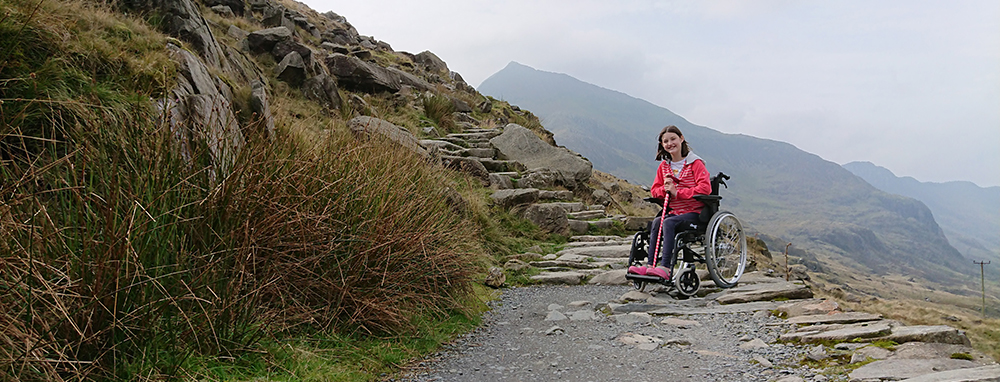Today all those years of playing with Lego as a child was finally put to good use as I made a couple of quick mockups of possible mountain wheelchair solutions. One is the obvious choice of caterpillar tracks, the other is a rocker-bogie mechanism inspired by NASA’s Mars rovers.

Lego Mockups

Caterpillar Tracks

6 Wheel drive rocker bogie mechanism
I really like the simplicity of the caterpillar tracks and pushing this simple Lego model you can feel that it wants to go over obstacles. You can see that I’ve angled the front of the tracks to help it climb over larger obstacles. My main concern with this design is that it looks like it could tip over backwards quite easily.
The rocker bogie mechanism looks like it has excellent potential for overcoming obstacles but it seems finicky and things can go wrong in lots of different ways. I imagine that once there is drive to each of the wheels (as opposed to being pushed by hand) that some of these issues will be resolved.
The rocker bogie mechanism is worth exploring because even in the Lego models it looks like a comfier ride and in theory a greater ability to overcome larger obstacles. Looking in these two pictures, you can see imagine that as the caterpillar track version travels over the obstacles the seat would bounce all over the place, whereas with the rocker bogie, a differential mechanism keeps the seat level.

Caterpillar tracks without differential

Rocker Bogie Differential Working
The following images show the differential. As the rocker on one side of the bogie tilts, the differential forces the other side in opposite direction. This results in the seat having an angle which is an average of the two sides. Most of the time then, the seat will remain parallel to the ground no matter what the wheels are doing.

Rocker Bogie Differential

Differential keeping seat level
Another advantage of the rocker bogie mechanism is that it removes the need for suspension. As you can see in the following images as the wheelchair comes down off an obstacle there is a gradual process and the seat remains relatively level throughout.

rocker bogie stepping down 1

rocker bogie stepping down 2

rocker bogie stepping down 3
Whereas in the caterpillar track design the wheelchair pivots over the apex of the obstacle and then comes down with a thud.

Caterpillar thumping into the ground
By comparing the angle of the seat between the two designs as they step off the obstacle have left me feeling that the rocker bogie design is worth exploring first.
 ';
';



























